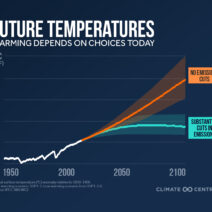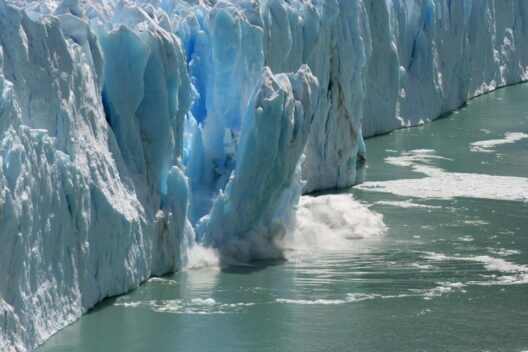The phenomenon of global warming has engendered significant shifts in demographics, spurring an intriguing praxis: the migration of populations toward the northern latitudes. As the earth’s temperature escalates, traditional habitation zones become inhospitable, leading to a palpable curiosity: are people genuinely moving north to escape the clutches of global warming? This question warrants an exhaustive examination, as it reflects a multi-layered dynamic involving environmental, socio-economic, and psychological factors.
The allure of the North has significantly intensified in recent years, with warming climates and erratic weather patterns inciting a sense of urgency amongst vulnerable populations. Coastal areas are experiencing a relentless rise in sea levels, extreme weather incidents, and unpredictable tidal fluctuations. Cities like New Orleans and Miami face existential threats, compelling inhabitants to consider relocation as a viable option. It is in this context that the North emerges as an appealing alternative, promising a respite from the ravages of climate change.
However, the notion of moving north transcends mere geography; it encapsulates an innate desire for safety, security, and stability. Those who relocate often seek not only a change in climate but also a fundamental shift in lifestyle. Rural areas in the north offer a slower pace of life, unspoiled landscapes, and a perceived lesser vulnerability to the effects of climate change. There exists a romanticized vision of the North, where one can reconnect with nature, engage in sustainable practices, and find solace in simplicity.
Yet this fascination raises pertinent questions: Is migration solely driven by environmental factors, or are there deeper considerations at play? According to some experts, the migration trend may also signal a search for community and shared values. Many who choose to inhabit the northern territories are often drawn by a collective ethos centered around environmental stewardship. These demographic shifts manifest in new communities driven by sustainability, eco-friendliness, and progressive policies. The ethos of these groups values resilience over vulnerability, fostering an environment conducive to innovation in addressing climate change challenges.
Furthermore, one must consider the psychological ramifications of climate change on decision-making processes. The phenomenon of eco-anxiety—the chronic fear of environmental doom—is becoming increasingly prevalent. Individuals who feel threatened by their surroundings may experience heightened levels of stress and uncertainty. In such a climate of anxiety, the north represents a safe haven, a sanctuary where one can escape societal chaos and rediscover peace amid a backdrop of natural beauty.
Additionally, there is an economic dimension to this northern migration. Many individuals moving north are seeking improved job opportunities in sectors increasingly focused on renewable energy and sustainable practices. The emergence of “green jobs” has stimulated economies in northern regions, attracting those keen on aligning their careers with their values. This intersection of economic necessity and environmental sustainability fortifies the appeal of northern living.
However, the migration to the North is not without its complexities. The influx of new residents presents challenges for existing inhabitants. While some communities celebrate the diversity brought by newcomers, others may feel threatened by the potential loss of their cultural identity and ways of life. Tensions can arise over limited resources, housing, and infrastructure, necessitating thoughtful approaches to ensure harmonious coexistence. Navigating this sensitive terrain requires a balance between welcoming growth and preserving community integrity.
Notably, indigenous populations in northern regions may harbor concerns regarding the impacts of migration on their ancestral lands. The interaction between newcomers and indigenous communities must be approached with respect and open dialogue. As environmental activists and policymakers strive to forge pathways toward sustainability, the voices of these communities should be integral to the discussion. Their profound understanding of the land offers invaluable insights that can help shape sustainable practices in the face of climate change.
The implications of northern migration extend beyond national borders, also affecting global migration patterns. The climate crisis is a global issue, prompting shifts that challenge traditional notions of immigration. Movement toward the North is not only reflective of shifts within existing nations but also unveils a larger narrative of climate refugees searching for sanctuary. These climate refugees may exacerbate existing inequities in migrant populations, as those with financial means can relocate more easily while marginalized groups remain trapped in vulnerable conditions.
In conclusion, the phenomenon of moving north in response to global warming is multifaceted, entwining environmental, socio-cultural, psychological, and economic threads. While it is manifestly a response to the immediate perils posed by climate change, it also indicates deeper yearnings for community, identity, and purpose. As populations continue to navigate the ramifications of a warming planet, the migration toward the North becomes a critical barometer for assessing societal values and aspirations. It signals a yearning for resilience, sustainability, and a future where individuals can thrive amidst the upheaval of the climate crisis. Thus, it remains imperative to approach this trend with a nuanced understanding, acknowledging the complexities involved in reshaping human geography in a rapidly changing world.






